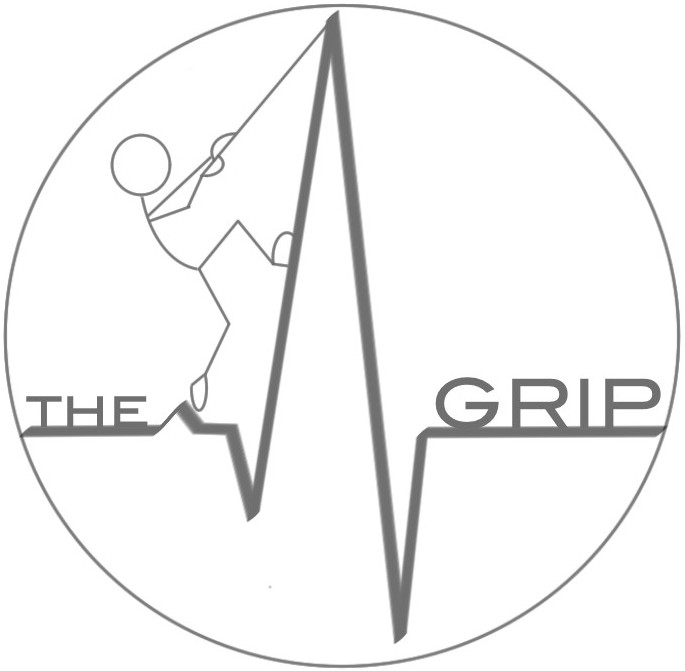Thoracic ultrasound: Potential new tool for physiotherapists in respiratory management. A narrative review.
Le Neindre A, Mongodi S, Philippart F, Bouhemad B
J Crit Care. 2016 Feb;31(1):101-9. doi: 10.1016/j.jcrc.2015.10.014. Epub 2015 Oct 26
Abstract
The use of diagnostic ultrasound by physiotherapists is not a new concept; it is frequently performed in musculoskeletal physiotherapy. Physiotherapists currently lack accurate, reliable, sensitive, and valid measurements for the assessment of the indications and effectiveness of chest physiotherapy. Thoracic ultrasound may be a promising tool for the physiotherapist and could be routinely performed at patients’ bedsides to provide real-time and accurate information on the status of pleura, lungs, and diaphragm; this would allow for assessment of lung aeration from interstitial syndrome to lung consolidation with much better accuracy than chest x-rays or auscultation. Diaphragm excursion and contractility may also be assessed by ultrasound. This narrative review refers to lung and diaphragm ultrasound semiology and describes how physiotherapists could use this tool in their clinical decision-making processes in various cases of respiratory disorders. The use of thoracic ultrasound semiology alongside typical examinations may allow for the guiding, monitoring, and evaluating of chest physiotherapy treatments. Thoracic ultrasound is a potential new tool for physiotherapists.
